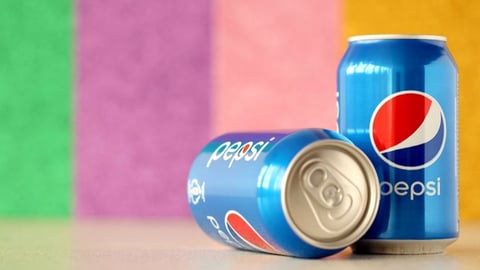How Georgia-Pacific Invests in RGM Optimization to Sustain Growth
Consumer goods companies must regularly harness emerging technologies as they look to stay ahead of the pack to maintain sustainable revenue. Manual efforts are no longer enough in an industry where automation gives companies an edge through new prediction capabilities, so they can adapt to the unexpected.
Chad Watson, market operations general manager with Georgia-Pacific, recently shared insights about how intelligent tools are helping to transform the company's end-to-end processes, particularly around revenue growth management.
Georgia-Pacific, which manufactures paper goods brands such as Quilted Northern, Brawny, Dixie and Vanity Fair, has historically suffered from a lack of bandwidth when it comes to managing change quickly, he said. Watson recognized that it had reached a point where the company needed to leverage more robust tools to help stay ahead of shifts.
Navigating Decision Fatigue
Where to invest for operational optimization, however, is no easy decision.
"When you're under some challenges, it's easy to throw money at it, but you've got a lot of choices in where you spend that money. And so to understand where that money can be used most effectively is so important," said Watson during a webinar hosted by SAP in October.
A knee-jerk reaction is often to go with the lowest price, said panelist Peter Charette, principal director for Accenture. But because there's a lot of variation across tool maturity and a company's capabilities, CPGs must consider the specific use case (optimizing post-event data, inputs, calendar optimizations, etc.); whether a stakeholder will accept the investment; any challenges that might occur during the implementation; and whether it clears the compliance checkpoints.
When deciding between various tools, Watson suggested that companies start by understanding what they've done before — what's been successful through different lenses, both internally and externally, so it makes sense for everyone involved, including customers.
Also: General Mills' digital roadmap includes agentic infrastructure, digital twins, AI personas
Companies are largely investing in end-to-end visibility from a promotion and demand planning perspective, stated Harris Fogel, CPG industry expert and former SAP global head of consumer products.
For Georgia-Pacific, the power of predictive analytics is key. It uses automated insights to help determine success rates and where the business can further optimize.
For example, the company has been using generative capabilities, streamlining analytics and adopting intelligent decision management tools, tapping into sensor data, business rules and recommender systems within its manufacturing operations to quickly determine next steps.
It's an effort that has freed the company from manual, offline Excel spreadsheets and helped improve the speed of data and communication by increasing visibility for sales teams to supply and demand through back-end integrations.
Data Supported by People
Watson warned against going full-in on automated predictions, however, as they can sometimes be wrong. The company is working on efforts to determine what to move forward with and what to cut out within its optimization journey.
"How do we predict results that we haven't even tried yet? And I think that's where we really unlock the full potential of being more effective by trying to model out those things that haven't happened." he said.
Overall success comes when the company keeps humans at the center of all decisions.
"There has to be communication and conversation and understanding about what the data means. I don't think it's just a technology part," he said. "I think it starts with the ability to efficiently share that information through a governed process. We can't just feed the data from one functional group to another and leave it alone."





